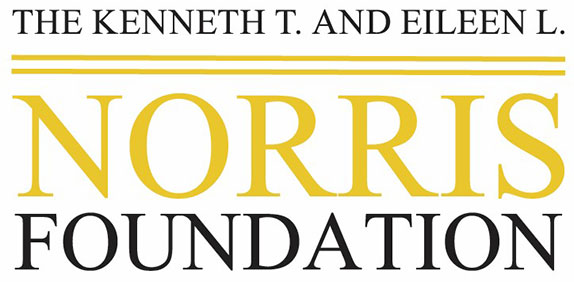Bob Dylan: Photographs By Daniel Kramer
On View - Feb 29, 2016 - May 15, 2016
Bob Dylan: Photographs by Daniel Kramer documents Bob Dylan’s metamorphosis from folk musician to rock & roll icon through more than 50 photographs taken by New York-based photographer and film director Daniel Kramer for a year and a day during 1964 and 1965.
“The unique photographs Daniel Kramer captured while working with Bob Dylan during one of the most pivotal moments of his career sheds a never-before-seen light on one of America’s greatest songwriters. We first opened this exhibit in Dylan’s hometown of Hibbing, Minnesota. Now, we are thrilled to showcase the incredible work of Daniel Kramer at our home in Los Angeles just in time for Dylan’s 75th birthday.”
– Bob Santelli, Executive Director of the GRAMMY Museum
On display on the Museum’s second floor through May 15, 2016, Bob Dylan: Photographs by Daniel Kramer offers viewers a striking intimate account of the folk singer’s transition into a rock superstar. This photographic “backstage view” of the singer/songwriter showcases key moments in Dylan’s musical career during one of the most dynamic periods of American history.
About Daniel Kramer
Daniel Kramer is one of America’s most noted music and portrait photographers. His seminal pictures of Dylan in 1964 and 1965 not only revealed the rising young star to international audiences, but set a standard by which all other rock portraits would be judged. Born in Brooklyn, N.Y., and self-educated in photography, Kramer worked as an assistant to Philippe Halsman and Allan and Diane Arbus before gaining an international reputation of his own. His 1967 book, Bob Dylan, was critically acclaimed, as were the three Dylan album covers Kramer created — Bringing It All Back Home, Highway 61 Revisited and Biograph. Rolling Stone magazine called Kramer “the photographer most closely associated with Bob Dylan.”
Kramer’s photographs have been shown or collected by the national Portrait Gallery in Washington, D.C.; the Rock and Roll Hall of Fame and Museum; the International Center of Photography; the Whitney Museum of American Art; the Folkwang Museum in Germany; the George Eastman Museum; and many other prestigious institutions.
In the 1960s Bob Dylan revolutionized popular music. Writing with the passion of a poet, the lyrical reach of a philosopher, Dylan, just in his 20s, changed the way we heard music and what we demanded from it. By blending elements of American folk music, blues, and rock, Dylan stitched together these influences to become one of the greatest songwriters of the 20th century. He wrote songs of serious social, political, and cultural consequence and in the process gave rock music the conscience it never had in its early years. Later in the decade he broke from folk music, found his own voice and created a unique body of work full of musical masterpieces.
“Very often a photographer is an historian with a camera. So, if I was successful, then, yes, there are a lot of pictures. But, that’s not the only thing you come away with. What you come away with is information, and something about Bob Dylan, and something about the time. You can see the change in the music, from the one microphone and acoustical guitar in a simple setting to a vast stadium, hundreds of feet of cable, huge speakers that are bigger than a person. So I think all of that, if you get that out of it, then the pictures did their job.”
-Daniel Kramer
Exhibition Tour:
- May 23, 2014 through Aug. 23, 2014………………………….Palucci Space Theater (Hibbin, Minn.)
- Feb. 29, 2016 through May 15, 2016………………………….GRAMMY Museum L.A. LIVE (Los Angeles, Calif.)
- Oct. 20, 2016 through Dec. 20, 2016………………………….Monmouth University (Long Branch, NJ)
- Oct. 26, 2017 through Nov. 30, 2017……………….Fairbanks Gallery of Art at Oregon State Univ. (Corvallis, Ore.)
- New tour date coming soon………………………….Exhibit available July 2020
For more information, please contact travelingexhibitions@grammymuseum.org
View
All Past Exhibits
Subscribe
Please provide a valid email address
Please select at least one option above
Thanks for subscribing!























